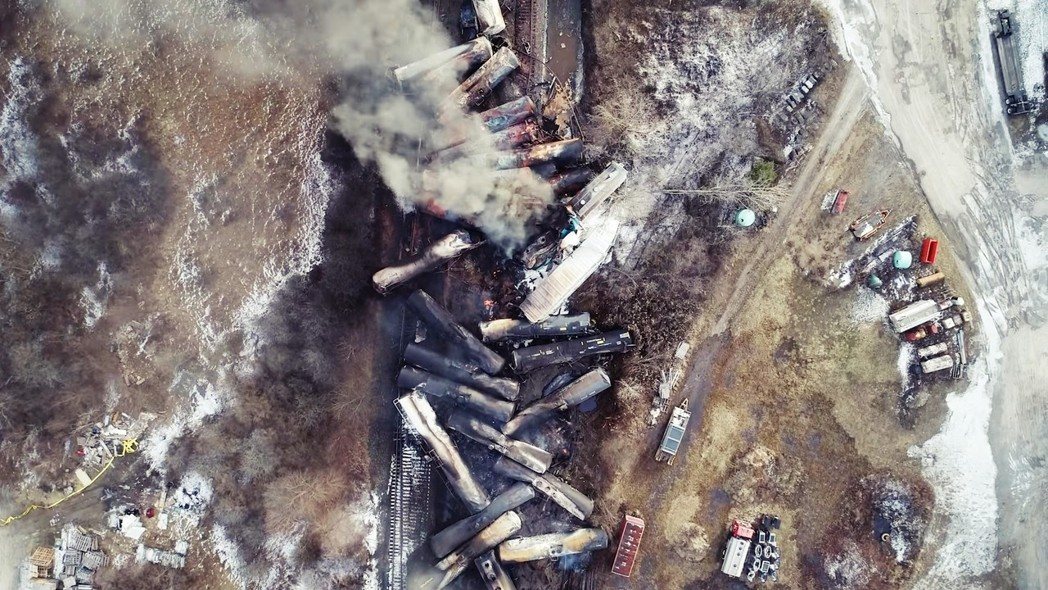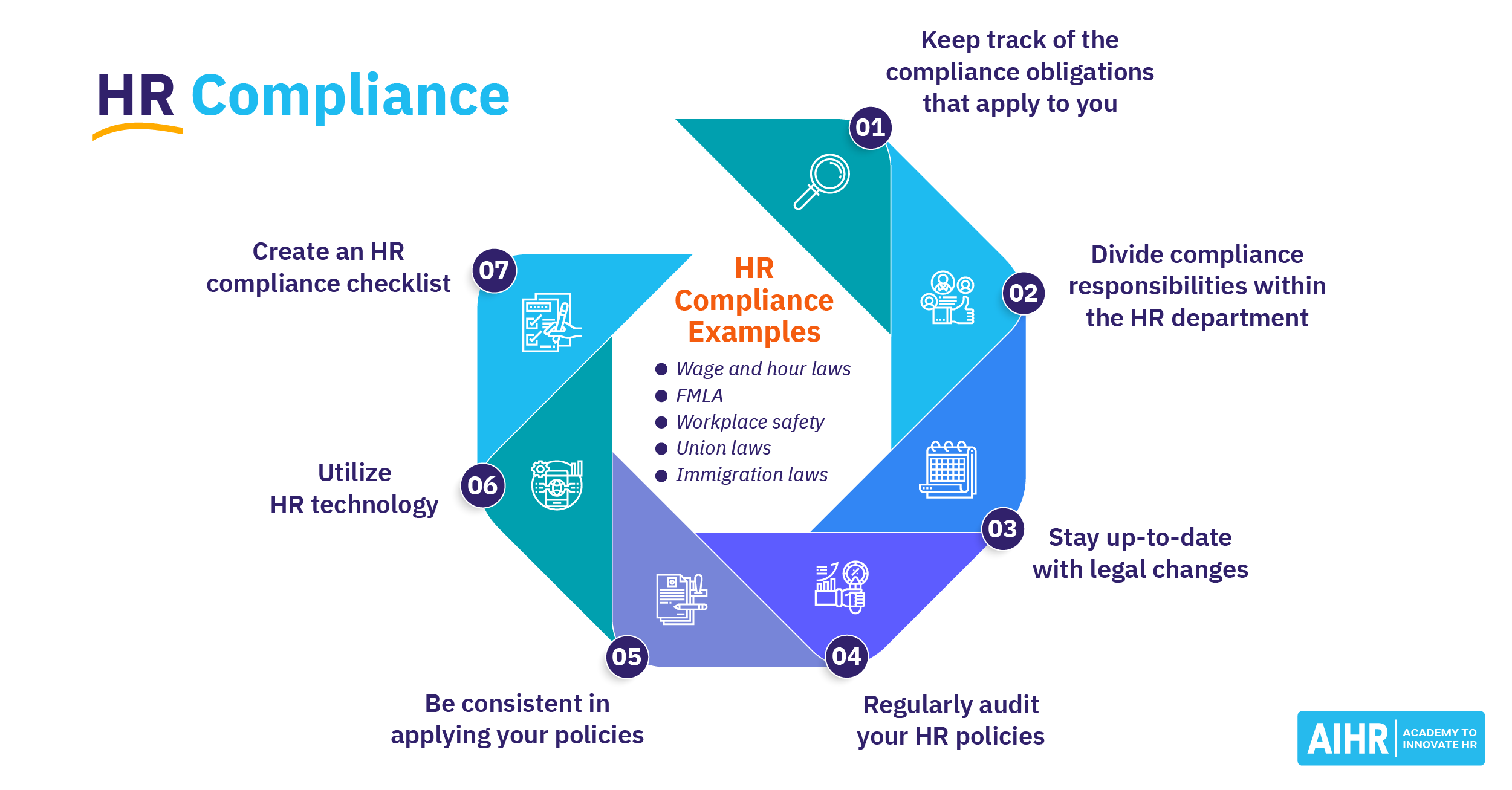Extent Of Toxic Chemical Contamination Following Ohio Train Derailment

Table of Contents
Initial Chemical Release and Immediate Environmental Impact
The initial derailment and subsequent release of vinyl chloride and other toxic chemicals had immediate and devastating effects on the surrounding environment. The controlled burn of the vinyl chloride, implemented to prevent a potentially larger explosion, released toxic fumes into the air, raising concerns about air pollution and its health effects. The immediate environmental consequences included:
- Quantity of chemicals released: Precise figures are still being compiled, but significant quantities of vinyl chloride, butyl acrylate, and other hazardous materials were released.
- Description of the controlled burn and its potential impact: The controlled burn, while intended to mitigate risk, introduced additional pollutants into the air, impacting air quality in East Palestine and surrounding areas.
- Immediate reports of air and water pollution: Residents reported strong odors and eye irritation, and initial reports confirmed elevated levels of various contaminants in the air and water.
- Initial observations of wildlife impact: Reports surfaced regarding the deaths of fish and other wildlife in the immediate vicinity of the derailment, suggesting significant ecological damage.
Assessing Water Contamination Following the Derailment
Water contamination following the Ohio train derailment is a major concern, impacting both surface water and groundwater. The proximity to the Ohio River raises the specter of widespread contamination downstream, impacting water supplies for communities far beyond East Palestine. The assessment of water contamination involves:
- Specific contaminants found in water samples: Testing has revealed the presence of vinyl chloride, butyl acrylate, and other hazardous chemicals in water samples taken from various locations.
- Results of water testing conducted by various agencies: Multiple agencies, including the EPA and state environmental authorities, have conducted water testing, with results varying in terms of contamination levels and specific contaminants detected.
- Impact on aquatic life: The release of toxic chemicals has already demonstrated a significant impact on aquatic life, with reports of fish kills and potential harm to other aquatic organisms.
- Long-term risks to human health through drinking water: The potential for long-term health risks through contaminated drinking water supplies remains a serious concern, necessitating ongoing monitoring and remediation efforts. The long-term effects of low-level exposure to these chemicals remain a subject of ongoing research.
Soil Contamination and its Long-Term Effects
Soil contamination represents a significant long-term challenge following the Ohio train derailment. The extent of the contamination and the potential impact on agriculture, ecosystems, and human health are not yet fully understood. Current remediation efforts include:
- Types of soil contamination detected: Tests are revealing the presence of various hazardous substances in the soil, including vinyl chloride and other toxic chemicals.
- Extent of contaminated land: The precise area affected by soil contamination is still being assessed, but it's clear that a substantial area requires remediation.
- Challenges in soil remediation: The process of removing and treating contaminated soil is complex, expensive, and time-consuming.
- Potential impact on agriculture and future land use: The contamination of farmland poses significant risks to agricultural production and potentially restricts future land use in the affected area.
Air Pollution and Respiratory Health Concerns
The release of toxic chemicals into the air resulted in significant air pollution, raising serious respiratory health concerns for residents of East Palestine and the surrounding area. Ongoing monitoring and assessment are crucial for understanding the long-term impacts:
- Concentrations of pollutants measured in the air: Air quality monitoring has revealed elevated levels of various pollutants, including vinyl chloride and other hazardous substances.
- Reported respiratory illnesses in the affected area: There have been reports of increased respiratory illnesses among residents, though the direct link to the derailment is still being investigated.
- Long-term health studies planned or underway: Long-term epidemiological studies are necessary to assess the full extent of the health impacts on the affected population.
- Effectiveness of air quality monitoring and mitigation efforts: The effectiveness of the air quality monitoring and mitigation strategies employed needs ongoing evaluation and improvement.
The Ongoing Cleanup and Long-Term Monitoring
The cleanup process following the Ohio train derailment is an ongoing and complex undertaking. Long-term monitoring is crucial to assess the effectiveness of the remediation efforts and to protect public health and the environment. Key aspects of the ongoing process include:
- Methods used in the cleanup process: Various methods are being employed, including soil excavation, water treatment, and air purification techniques.
- Timeline for completion of cleanup: The timeline for complete cleanup and restoration is uncertain and depends on numerous factors.
- Plans for ongoing environmental monitoring: Long-term monitoring of air, water, and soil quality is essential to track the progress of remediation and identify any potential new contamination.
- Resources allocated for long-term health studies and community support: Adequate resources must be allocated for comprehensive long-term health studies and community support programs to address the needs of those affected.
Conclusion
The Ohio train derailment and the subsequent release of toxic chemicals have resulted in significant environmental contamination and pose considerable risks to public health. The extent of the damage, both immediate and long-term, necessitates ongoing investigation, comprehensive cleanup, and rigorous long-term monitoring. The situation highlights the urgent need for stricter regulations, improved safety measures, and increased accountability within the rail industry to prevent future incidents of toxic chemical contamination. Stay informed about the ongoing investigation into the Ohio train derailment and the extent of toxic chemical contamination. Demand accountability and advocate for stricter safety regulations to prevent future environmental disasters. Learn more about the environmental impact and support initiatives focused on remediation and community health.

Featured Posts
-
 Stay Updated On The La Lakers With Vavels Comprehensive Coverage
May 15, 2025
Stay Updated On The La Lakers With Vavels Comprehensive Coverage
May 15, 2025 -
 Riscuri Sanitare Apa De Robinet Ghid Pentru Consumatori Din Romania
May 15, 2025
Riscuri Sanitare Apa De Robinet Ghid Pentru Consumatori Din Romania
May 15, 2025 -
 Understanding Indian Crypto Exchange Compliance A 2025 Overview
May 15, 2025
Understanding Indian Crypto Exchange Compliance A 2025 Overview
May 15, 2025 -
 Following Ufc 314 Win Paddy Pimblett Sets Sights On Ilia Topuria
May 15, 2025
Following Ufc 314 Win Paddy Pimblett Sets Sights On Ilia Topuria
May 15, 2025 -
 Earthquakes Cant Overcome Rapids Steffens Loss Highlights Mls Struggles
May 15, 2025
Earthquakes Cant Overcome Rapids Steffens Loss Highlights Mls Struggles
May 15, 2025
